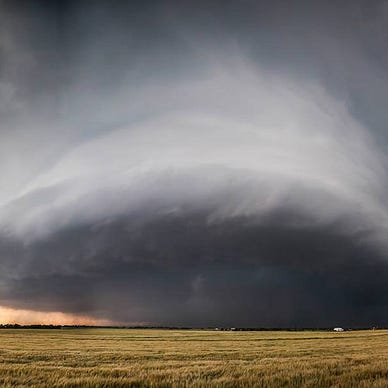Remembering The Benxihu Mine Disaster (1942)
The Benxihu mine was 8km deep, making it one of the deepest coal mines in the world at the time.
In April 1942, our modern world faced the worst mining disaster in its history:
The Explosion and Collapse of Benxihu Colliery
April 26, 1942
The disaster resulted in the deaths of 1,549 miners.
The Benxihu coal mine, located in the Liaoning province of China, was one of the largest coal mines in the world at the time.
It was operated by Japan during World War II, and coal production was crucial for the Japanese war effort.
On April 26, 1942, a massive methane gas explosion occurred in the Benxihu mine.
This explosion was caused by the accumulation of flammable gas in the underground galleries.
The explosion triggered a massive collapse in the mine, with the collapse of galleries, tunnels, and the burial of many miners underground.
To prevent the spread of the explosion, the authorities in charge cut off ventilation, thereby sealing the fate of surviving miners.
It was deduced that more miners died from suffocation than from the explosion itself.
The methane gas explosion resulted from dangerous mining practices and the lack of adequate safety measures in the mine.
The fact that the mine was operated by Japan during the war also led to increased pressure to boost coal production, which may have contributed to lax mining practices.
However, the mine was reopened 10 days after the disaster, once the damage from the catastrophe was cleaned up, and it continued to be used by the Japanese until the end of World War II.
Today, What Resources Have Been Put in Place In Our Mines?
In China, the victims of the Benxihu disaster are commemorated every year.
More efficient ventilation:
Ventilation is essential for removing dangerous gases, such as methane, and providing fresh air to miners underground.
Ventilation systems are designed to maintain safe oxygen levels and eliminate atmospheric contaminants. Powerful fans are used to circulate air in the galleries.
Air quality monitoring:
Mines are equipped with sensors and monitoring systems to measure air quality continuously.
These systems can detect the presence of harmful gases and trigger alarms in case of dangerous levels.
Personal protective equipment:
Miners typically wear personal protective equipment (PPE), including helmets, headlamps, flame-resistant workwear, personal gas detectors, respiratory masks, safety boots, and more.
Thank you for taking the time to read my work! See you in another story.
The links above are not affiliated.
Check if there is any discount left on Medium Membership now! ⬅️
Articles related to the topic:
🔽 If you enjoyed this article, feel free to check out the list below. 🔽



